An SEO-friendly article structure is not just about "stuffing keywords" – it also requires a logical, readable structure that optimizes for both users and search engines. Here's a method to help you build professional articles, from preparation to publishing, ensuring they are “Google-friendly” and easily attract readers.

Why is a Standard SEO Article Structure Important?
Google prioritizes quality content: Google uses automated algorithms (crawlers) to collect, understand, and evaluate website content. A clear structure helps them collect and understand the content accurately, increasing the chance of being displayed.
Easy to read – Keeps users engaged: Easy-to-scan, easy-to-find information → increases time on site, reduces bounce rate. Users like clearly organized content.
Optimize conversion and experience: A good structure leads readers from the introduction to the conclusion, placing important elements in the right positions – like CTAs, internal links – making the article professional and persuasive.

Essential Components of an SEO Article Structure
Title (H1)
- Contains the main keyword, located at the beginning of the title, length ≤ 60 characters.
- Both concise and stimulating (with numbers, questions, strong words...).
Meta Description
- Short description of 140–160 characters.
- Includes keywords, summarizes content value, light CTA.
Introduction (Lead/Introduction)
- Approximately 150–200 words.
- Summarizes the content, mentions keywords, asks engaging questions/situations.
Subheadings (H2, H3…)
- H2 is the main topic, H3/H4 are subcategories.
- Contains secondary keywords, helping to structure the article clearly
Main Content (Body Content)
-
Length from 1500–2000 words, suitable for SEO.
-
Integrate keywords naturally, avoid spamming.
Images and Diverse Formatting
- Images/videos/infographics increase attractiveness.
- Alt text contains keywords, compressed to speed up.
Internal & External Links
- Internal link: 2–5 links to related articles.
- External link: links to reputable sources to increase credibility.
Conclusion & Call to Action
- Summarizes the content, emphasizes the main value.
- Specific CTA (contact, sign up, comment...).
Technical Optimization
- “Clean” URL – contains keywords, no accents, hyphens
- High page loading speed, applying lazy‑load.

10 Steps to Building a Standard SEO Article – Specifically
- Step 1: In-depth keyword research: Use Google Keyword Planner, Ubersuggest, Ahrefs... to choose main, secondary, long-tail keywords and understand search intent
- Step 2: Analyze results on Google: Top 5-10 articles on the same topic, take sub-topics from “Related searches” to create the structure.
- Step 3: Write title and meta description: Follow attractive formulas, contain keywords, and use call-to-action thinking.
- Step 4: Build article structure: Create an outline: introduction, H2/H3 headings, bullets, examples, conclusion, and CTA.
- Step 5: Write main content: Natural, clear layout, short sentences, logical presentation. Add images/videos – optimize alt text.
- Step 6: Optimize keywords: Insert keywords in title, introduction, headings, middle/end paragraphs. Use secondary/LSI keywords to make the article natural
- Step 7: Insert links: Internal links to related articles, external links to reputable sources with “nofollow” if needed.
- Step 8: Complete technical aspects: Clean URL, check mobile, compress images, sitemap, robots, schema if needed.
- Step 9: Check quality: Use Yoast/SEMrush/Bynder to check readability, keywords, headings, links
- Step 10: Publish & promote: Submit to GSC – promote via social/email; monitor traffic and rankings via Analytics & GSC.

Tips to Enhance Article Structure Strategies
- Use “question-answer” content: Answer common questions in People Also Ask – help increase SERP visibility.
- Focus on reader benefits / problems: The article must solve real problems, not ramble, and help keep them engaged longer
- Combine storytelling thinking: Examples, case studies, statistics – make the article lively and more reliable.
- Always update articles: Update statistics, new algorithms, add examples – keep the article “fresh” and prioritized by Google.
SEO Standard Structure Checklist Before Publishing
- Title (H1) has keywords, length ≤ 60 characters
- Meta description contains keywords, appropriate length
- Compelling 150–200 word introduction
- Logical headings, containing secondary keywords
- Content ≥1500 words, using bullets/short paragraphs
- Image alt tags + internal links, external links
- Clean URL, mobile‑friendly, high speed
- Clear CTA
- Post to GSC + promote

MIMA's Role in Building SEO Standard Content
MIMA TRADING SERVICE COMPANY LIMITED – specializing in providing content and methodical SEO optimization in Ho Chi Minh City.
Services include:
- In-depth keyword & search intent research
- Building a standard SEO article structure
- Writing and optimizing professional content
- Managing & updating articles long-term
- Training SEO writing skills for internal teams
Contact Information
MIMA TRADING SERVICE COMPANY LIMITED
📌 Tax code: 0318672839
📍 Address: Hoc Mon, Ho Chi Minh City
📞 Hotline/Zalo: 0909 035 333
📧 Email: info@mimadigi.com
🌐 Website: https://mimadigi.com
👉 Contact us now for detailed advice and quotes – to help you build professional content, conquer Google, and reach your target customers!
A professional SEO-friendly article structure is a combination of:
- Smart content strategy (title–intro–body–CTA)
- Technical optimization suitable for search engines
- User experience that meets reading needs on devices…
And to achieve good results, you need:
- Clear, logical structure
- Harmoniously optimized keywords
- Quality, in-depth content
- Personalized content by industry
Let MIMA accompany you – helping you build standard SEO content, increase traffic, elevate your brand, and increase revenue.




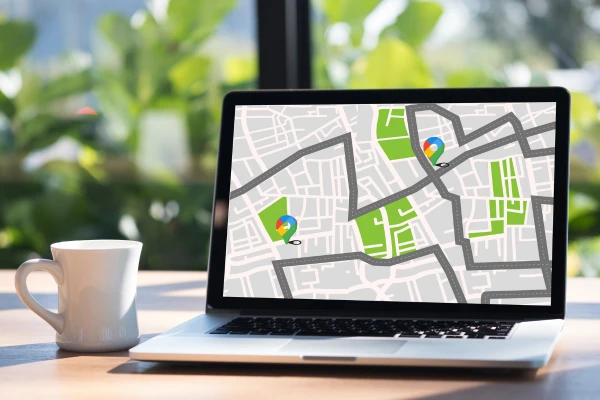




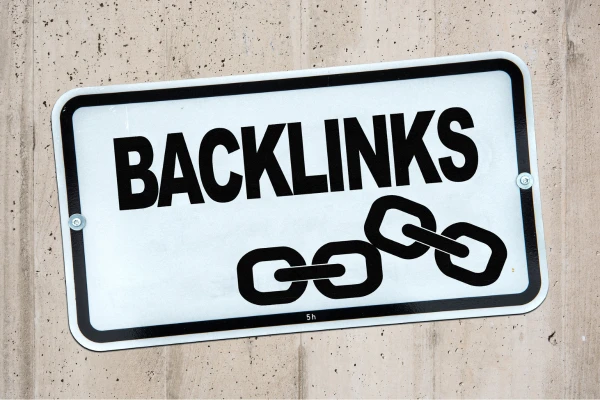


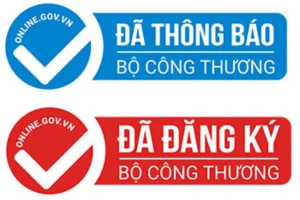


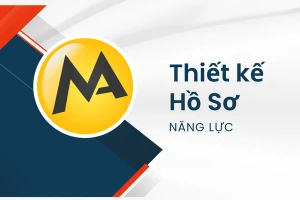





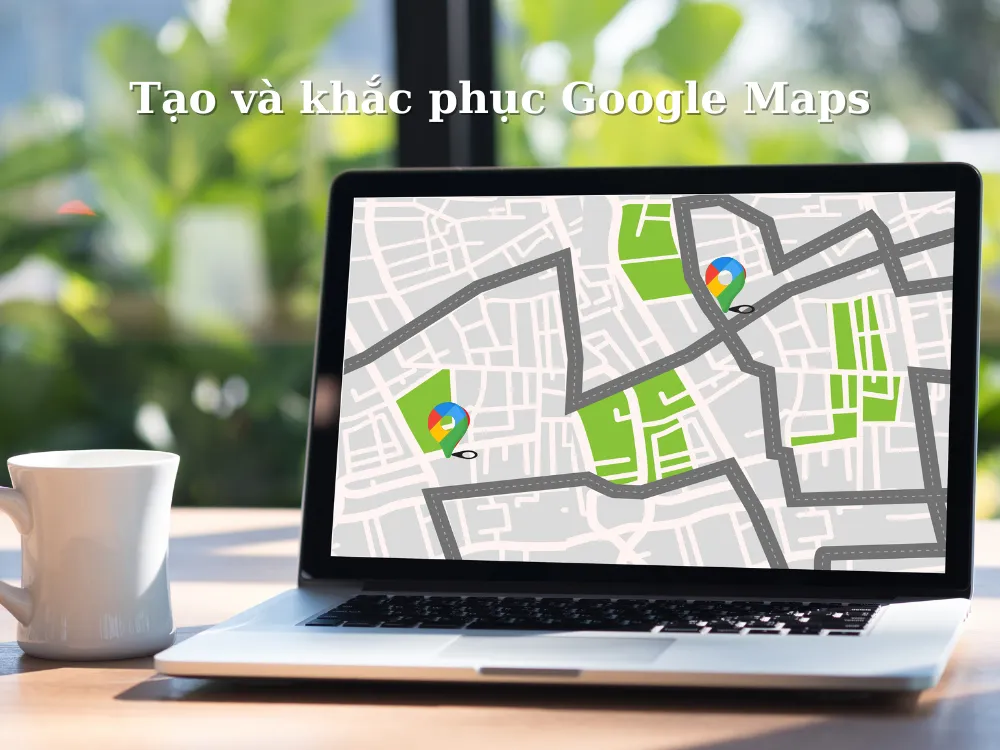




Share your review